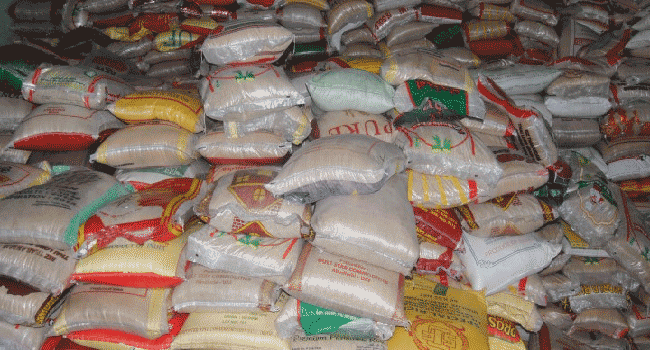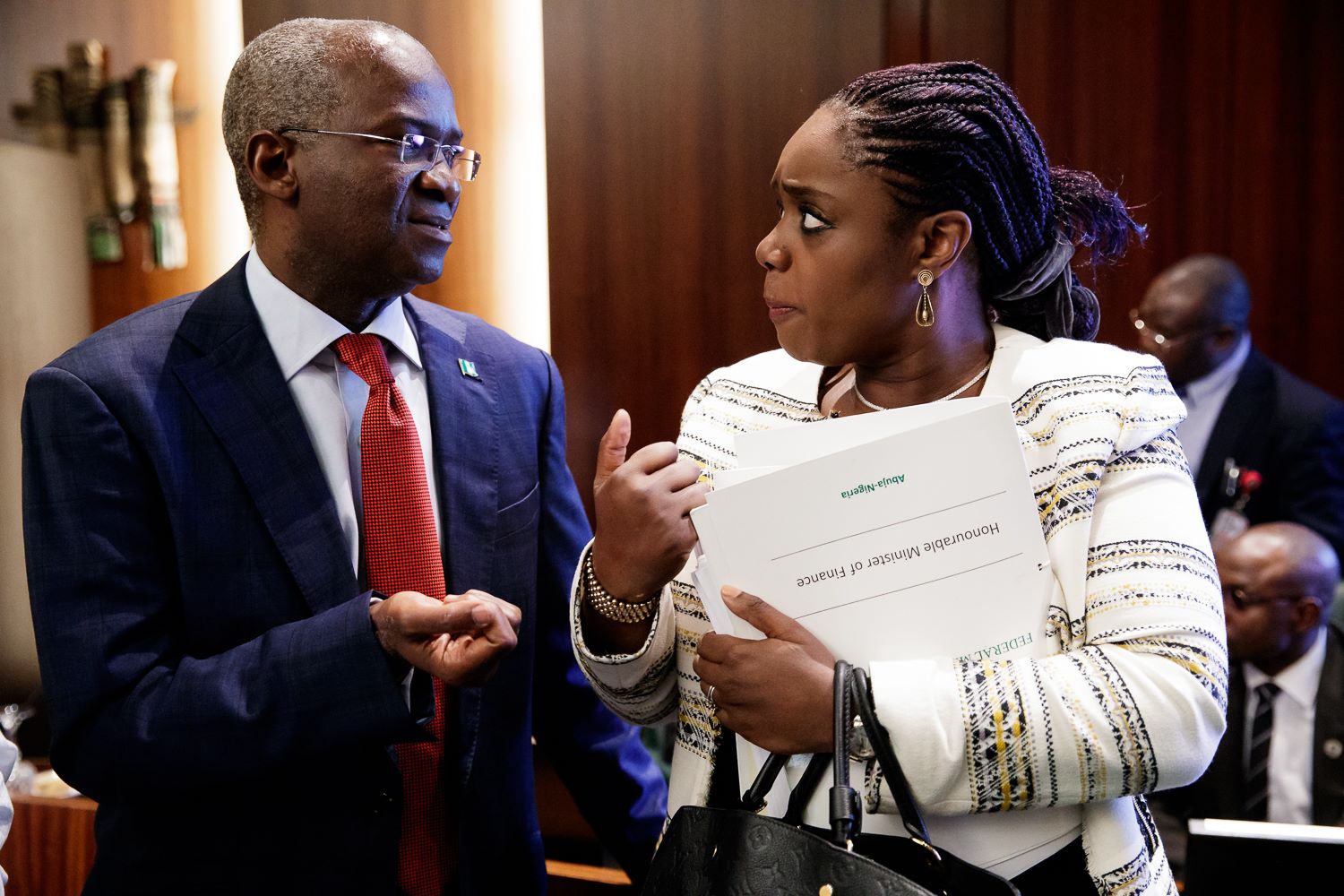There is a feeling of change within the strategy of how OPEC operates. This uncertainty has played a leading role behind the price of oil coming under relentless pressure over the past couple of weeks, in anticipation of the cartel’s meeting in Vienna this week.
Concerns that OPEC and its non-member allies will increase production for the first time since late 2016 is a major contributor behind the sharp selling of oil in recent weeks.
Back in late 2016, OPEC famously announced production cuts in a desperate measure to reduce the volume of oversupply in the market, the major catalyst behind oil falling from above $110 to below $30 between mid-2014 and early 2016.
Speculation that OPEC could now reposition its strategy in the opposite direction has encouraged WTI oil to decline nearly $10 in less than a month.
Advertisement
The anticipation of a drastic shift in OPEC’s mindset is quite puzzling to most when you consider that the previous theme heading into meetings was how much production output could possibly be cut from the market. This focus has suddenly been replaced with anxiety over how much supply could potentially be added back into the market.
This suggests that there has been a rebalancing after years of an overwhelming oversupply of the commodity; equally, it could also point to underlying concerns that have been evident for some time, that some members no longer wish to comply with OPEC’s production cut deal.
Either way, there is a shift in play, with previous global demand-side concerns being substituted to specific supply-side actions where the market is now expecting an increase in production.
Advertisement
The recent price action in the oil markets suggests that investors are confident that OPEC will announce an increase in production output, but I do not expect that it will be to the degree that articulates WTI falling $10 in less than a month. The commodity is at risk of being oversold as the OPEC get-together commences and could be in line for a rebound.
A hike in production output has already been priced in, but I am not ruling out a modest rebound over the upcoming trading sessions as the exact increase in production volume remains to be seen.
There is a risk that traders are expecting a little bit too much heading into the meeting and could reshuffle their positions upon speculation that OPEC will not increase production to the amount currently being priced in by the market between 500,000 to 1 million barrels a day. After all, it did take a very long time to persuade OPEC committee members to agree to the historic production cuts all the way back in 2016, and it will not be a straightforward task to encourage a reverse in action. If the expected rise in production is less than 300,000 barrels a day, we can’t rule out the possibility that there could be a rebound in prices.
Although both Saudi Arabia and Russia are thought to be actively encouraging an increase in production behind the scenes, this will likely be opposed by Iran, Venezuela and Iraq. While none of these three nations has anywhere near the amount of influence over OPEC as either Saudi Arabia or Russia, there will be power in numbers if other producers in the cartel reject the proposal to increase supply. This potential scenario does provide some light that traders would be mistaken to consider the OPEC outcome as a “done deal”.
Advertisement
One other factor that investors will need to carefully monitor is whether President Trump is now attempting to exert some influence over OPEC. The United States president has used social media to attack OPEC, and has in the past repeatedly called out the cartel for “artificially” inflating the value of oil. If the market does attempt to appreciate on the OPEC meeting’s outcome, it could encourage Trump to lash out at OPEC once again.
Add a comment







